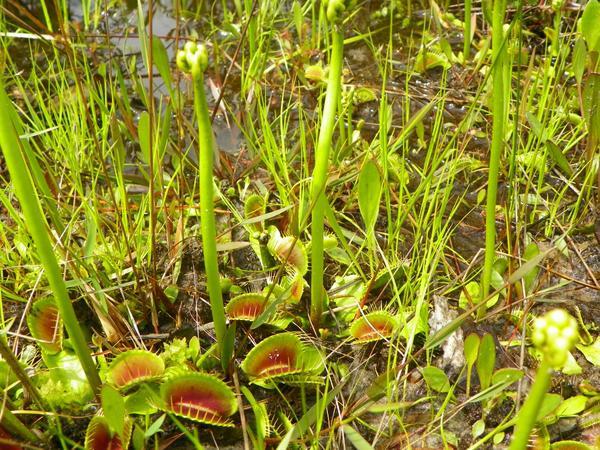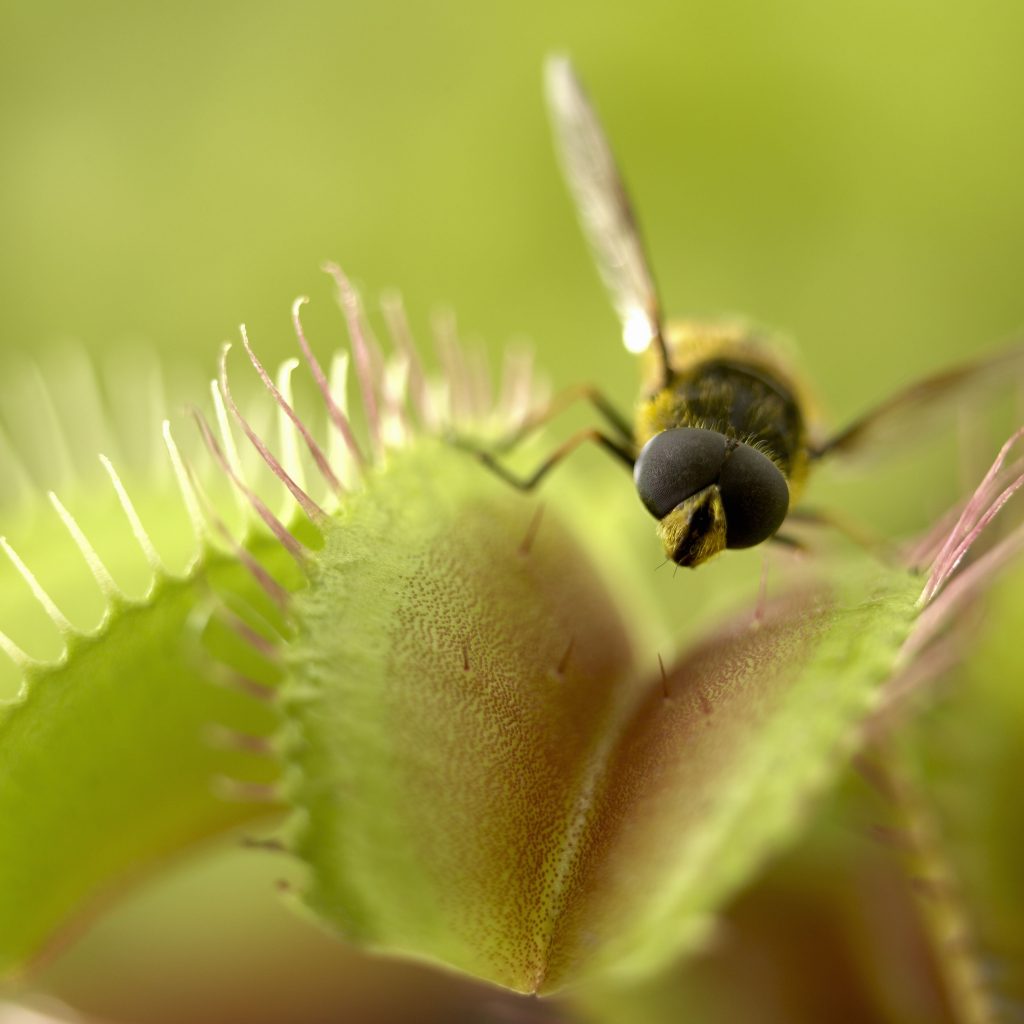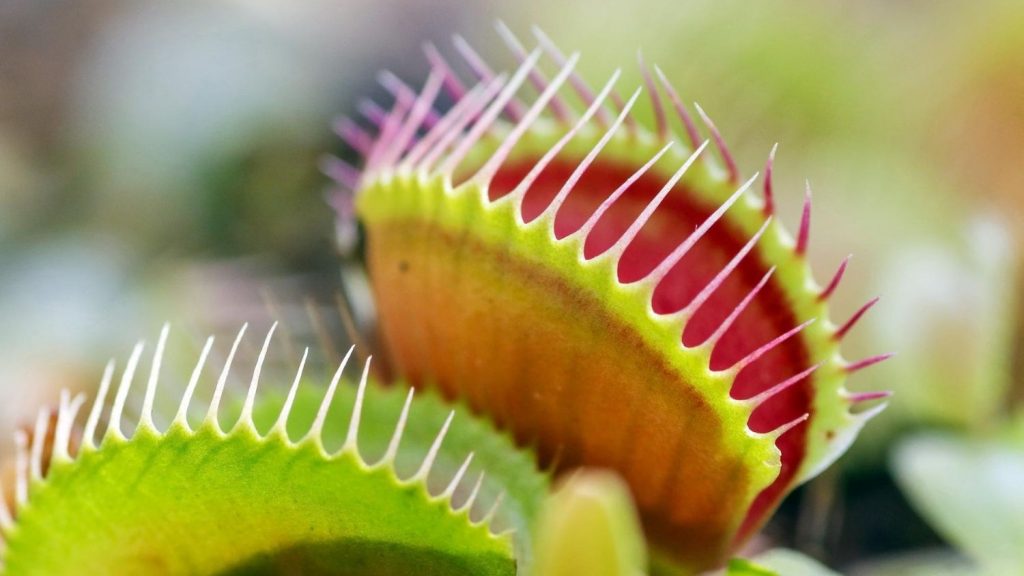By Conner Tighe
The following article is a mix of expert opinion and personal experience. Not every Venus Flytrap will show the same characteristics, and this is merely general information.
One of the most mysterious plants around is also one of the most popular in plant care. The Venus Flytrap, with its colorful traps and thin hairs, has intrigued plant enthusiasts for decades. Contrary to what most might think, Dionaea is grown right here in America. Most houseplants like succulents come from South America and Mexico, whereas this beauty is in our backyard—figuratively speaking. Here I’ll outline some basics on what you can do to care for these bug-eating plants.
Habitat:

Venus Flytraps call the Carolinas their home growing in the bogs that provide the moist, humid environment they crave. It’s important to replicate their natural environment in the best way possible to ensure their survival. Dionaea is an endangered species due to habitat destruction, and even though scientists have attempted to plant them elsewhere, it’s not advised.
These plants thrive in moist soil but not your average plant soil. Acidic, nutrient-poor soil works best for Venus Flytraps as they acquire all the nutrients they need from sunlight and the prey they eat. For an at-home approach, try growing them in a fishbowl or similar structure with half sand, half sphagnum peat moss, as the substrate will trap moisture. Placing them directly in sunlight is best but keep an eye on the traps. If the traps begin to wilt or lay down, move them out of the sunlight.
I’ve yet to care for Dionaea in the winter, but sources say to make sure they’re away from the window. They will go dormant in the winter turning black. This is normal behavior, and it should be expected that they will return to normal once the warmer months return. In the meantime, continue to trim and remove the dead portions that fall in the soil.
Diet:

Don’t ever feed these plants anything other than their natural prey, bugs. Flies, arachnids, ants, beetles, grasshoppers, and other small insect-like species will serve as a wonderful meal. While it’s best to place Dionaea where natural prey lives, feeding them manually will get the job done too. If the traps don’t close when feeding, don’t force them. Patience is best when caring for these beauties. As time goes on, traps will die. To counteract this, a new trap will shoot up and grow to replace its predecessor.
Sources: Tom’s Carnivores, San Francisco Chronicle, The National Wildlife Federation
Images: Wilmington Star-News, ThoughtCo.
Featured Image: NC State College of Natural Resources

